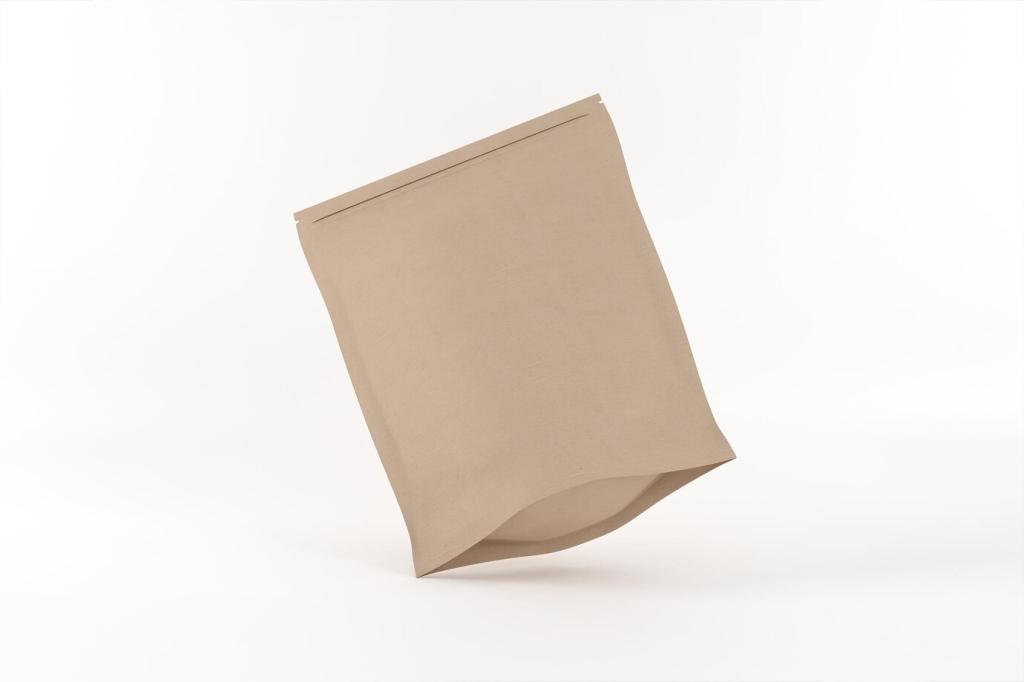
Eco-Friendly Building Materials
Eco-friendly building materials have become pivotal in shaping the future of construction. With concerns over climate change, resource depletion, and indoor air quality, architects and builders are increasingly seeking alternatives that minimize environmental impact while maximizing energy efficiency and occupant health. By choosing green materials, the construction industry drives innovation and sets the foundation for sustainable communities. This page explores the diverse world of eco-friendly building materials, from their intrinsic benefits to practical applications and emerging trends.
The Importance of Sustainable Construction
The production and use of traditional building materials, such as concrete and steel, are linked to significant greenhouse gas emissions. Eco-friendly alternatives, like bamboo or recycled steel, often require less energy during manufacturing and transportation, greatly curbing emissions. As regulations become more stringent and the climate crisis deepens, prioritizing low-carbon materials is not just environmentally prudent but also a strategic business decision. By focusing on eco-friendly materials, the construction sector can substantially reduce its contribution to global carbon dioxide emissions while fostering a more sustainable built environment.

Renewable and Natural Materials

Bamboo is celebrated for its rapid growth and remarkable strength-to-weight ratio. Able to mature in just a few years, bamboo offers a sustainable alternative to traditional hardwoods, which can take decades to replenish. Its flexibility, versatility, and resilience make it an ideal choice for a range of building applications—from structural support to flooring and wall panels. Additionally, bamboo plantations can restore degraded land and sequester substantial amounts of carbon, enhancing its eco-friendly profile. Builders and architects are increasingly utilizing bamboo not only for its environmental benefits but also for its aesthetic versatility and unique structural properties.
Recycled and Reclaimed Materials
Steel is one of the most commonly recycled building materials, with the recycling process using significantly less energy than producing new steel from raw ore. Recycled steel retains its strength and durability, making it suitable for structural frameworks, roofing, and facades. Its long life span and minimal maintenance requirements further enhance its sustainability profile. By choosing recycled steel and metal, builders not only reduce the demand for virgin materials but also lower greenhouse gas emissions associated with mining and refining. The versatility of recycled metal means it can be used creatively in both contemporary and traditional architecture, supporting eco-friendly objectives without compromising on strength or aesthetics.
Reclaimed wood is salvaged from old buildings, factories, barns, and even riverbeds, giving new life to materials that would otherwise be discarded. It offers unmatched character, with unique textures, colors, and histories embedded in every plank. Using reclaimed wood helps reduce deforestation and makes use of timber that has already stood the test of time. This practice also decreases landfill waste and minimizes the need for processing and transportation compared to new lumber. Builders value reclaimed wood for its structural integrity, environmental credentials, and the sense of authenticity it imparts to modern projects, making it a preferred material for flooring, beams, and furniture.
Recycled glass is being transformed into a diverse range of building products, from countertops and tiles to insulating materials and decorative features. The process involves crushing waste glass and reforming it, which consumes far less energy than producing new glass from raw materials. Recycled glass products are durable, non-porous, and available in a spectrum of colors and finishes to suit any design vision. Their use in construction diverts glass from landfills, supports a circular economy, and often reduces the embodied energy of the end product. As technology advances, innovative applications for recycled glass continue to emerge, further establishing it as a highly sustainable and versatile material in green building projects.
Previous slide
Next slide
Low-Impact Concrete Alternatives
Fly ash is a byproduct of coal-fired power plants and can be used as a partial replacement for Portland cement in concrete. Supplementing cement with fly ash or other pozzolanic materials significantly reduces the carbon footprint of concrete production. These combinations not only decrease emissions but also enhance the strength and durability of concrete. By putting industrial byproducts to productive use, this approach diverts waste from disposal while fulfilling the construction industry’s need for robust, long-lasting structures. The result is a lower-impact concrete that meets the demands of modern building standards without compromising environmental integrity.
Rammed earth construction employs compacted soil, often stabilized with a small percentage of cement or lime, to form thick, durable walls. This ancient building method has seen a modern revival due to its minimal resource demands and exceptional thermal performance. Local soils can often be used, drastically reducing transportation impacts and costs. Rammed earth walls naturally regulate indoor temperatures and humidity, contributing to energy efficiency and occupant comfort. The visual aesthetic of rammed earth is unique, lending richness and authenticity to contemporary eco-friendly designs while celebrating sustainable construction heritage.
Hempcrete is made by mixing the woody core of the hemp plant with a lime-based binder, resulting in a lightweight, insulating, and fire-resistant building material. Unlike traditional concrete, hempcrete absorbs more carbon dioxide during plant growth and curing than is emitted during its production, making it a carbon-positive choice. Hempcrete enhances indoor comfort, resists mold and pests, and offers flexible design possibilities. The cultivation of hemp requires minimal pesticides and supports soil health, further contributing to hempcrete’s reputation as one of the greenest alternatives to conventional building materials on the market.


Cross-Laminated Timber (CLT)
CLT is an engineered wood product made by gluing together layers of wood at perpendicular angles, creating panels with remarkable strength and stability. CLT is strong enough for multi-story buildings, offering a renewable alternative to concrete and steel in large-scale construction. Manufacturing CLT emits far less carbon dioxide than traditional building materials, and it sequesters carbon within the wood fibers for the lifetime of the structure. CLT also allows for offsite fabrication, reducing construction waste and speeding up assembly. Its versatility and sustainable profile are sparking a revolution in eco-friendly architecture worldwide.

FSC-Certified Lumber
FSC (Forest Stewardship Council) certification ensures that timber comes from responsibly managed forests that meet strict environmental and social standards. By choosing FSC-certified lumber, builders and consumers support forest conservation, biodiversity, and fair labor practices. FSC certification promotes transparency and accountability throughout the supply chain and reassures clients about the origins of their materials. Using certified wood reduces illegal logging and helps maintain healthy forests for future generations, making it a cornerstone of sustainable construction methods around the globe.

Thermally Modified Wood
Thermally modified wood is sustainably sourced timber that has been heated in a controlled environment to improve its durability, dimensional stability, and resistance to decay. This process uses no harmful chemicals, relying purely on high temperatures and steam. The result is wood that can withstand outdoor exposure without the need for toxic preservatives. Thermally modified wood is ideal for decking, cladding, and landscaping, combining natural beauty with enhanced performance. As sustainability becomes a key market driver, thermally modified wood is gaining popularity as a practical, eco-friendly solution for exterior and interior use.
Previous
Next

Certifications and Standards for Green Materials
The Leadership in Energy and Environmental Design (LEED) certification, developed by the U.S. Green Building Council, is a globally recognized benchmark for sustainable building performance. LEED evaluates buildings and materials across multiple sustainability criteria, including energy efficiency, water use, and material sourcing. Achieving LEED certification requires careful selection of eco-friendly materials that contribute to overall project goals. LEED certification is widely accepted as a mark of leadership in green building and helps owners achieve higher property values, operating efficiencies, and regulatory compliance while inspiring broader adoption of environmental best practices.
